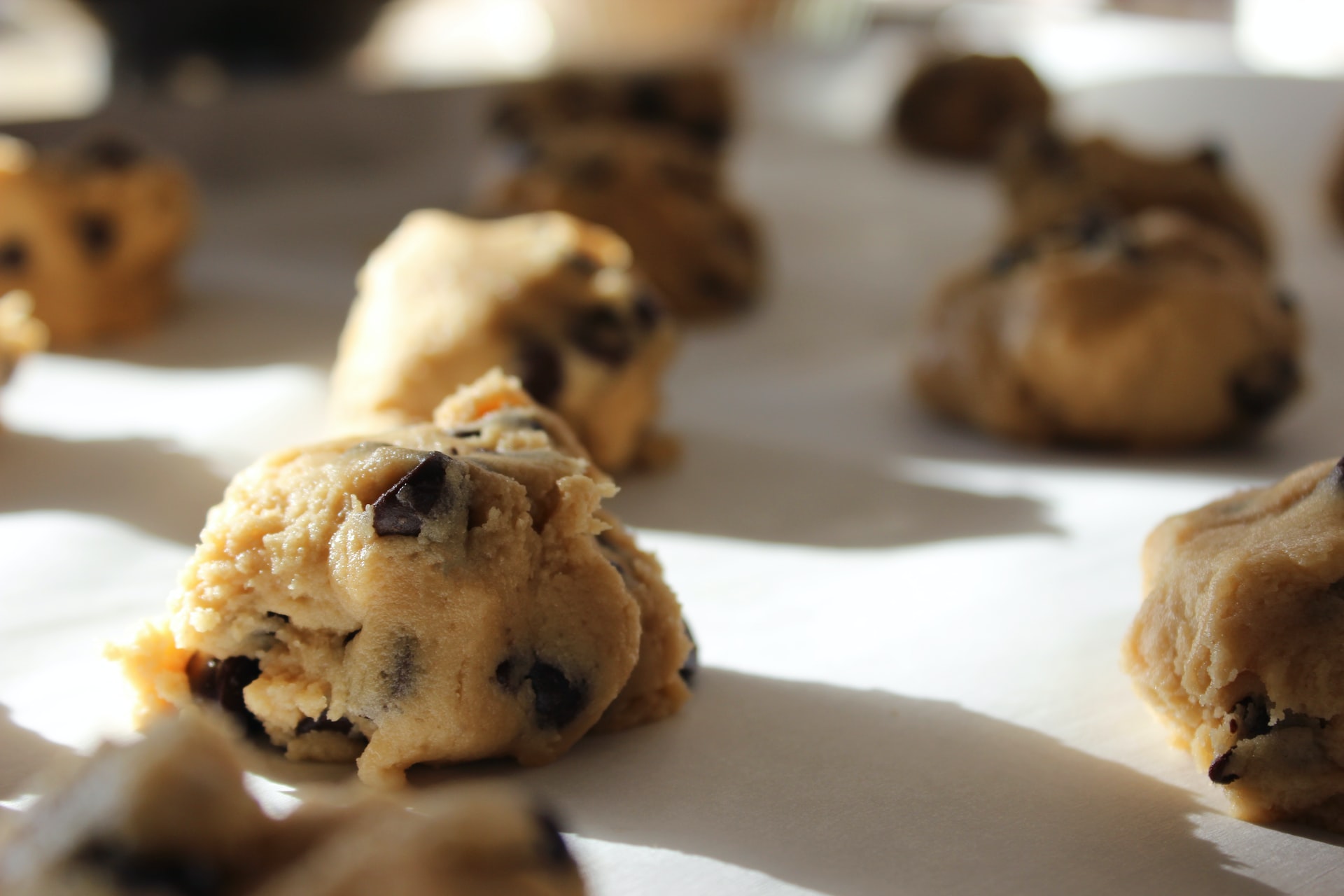What Does Butter Do in Cookies?
If you’re looking to perfect that chocolate chip cookie recipe, you should start with learning the basics to butter. Butter carries all the important factors to a cookie’s flavor and texture. Here’s what the differences in butter can do for your recipe.
Butter gives flavor, tenderness and flaky layers to baked goods. It can also bring a bit of structure and rise. For instance, a chocolate chip cookie dough incorporates butter and sugar to incorporate air into the final result. The fat and moisture in butter can enhance or inhibit gluten development which directly impacts the shape, spread and texture in cookies.
Softened Butter. At a temperature between 70 and 72 degrees F, butter is soft enough to incorporate air but not soft enough that it will melt immediately in the oven. This will result in super thin cookies and prevent gluten development. Cookies will come out with a finer texture and more cake-like.
Melted Butter. In its liquid state, butter will mix with both the sugar and flour for a softer dough that develops more gluten. Cookies baked with melted butter will spread more than those with room-temperature butter. If you chill cookie dough made with melted butter, you’ll end up with a cookie that is soft and chewy but crispy on just the edges.
Cold Butter. A cold butter will make baked goods flaky by creating layers in the dough and cutting through the gluten development. A pie crust or croissant would be an example of this method. It makes for a super crispy cookie with a tender center.
Source: the Kitchn

